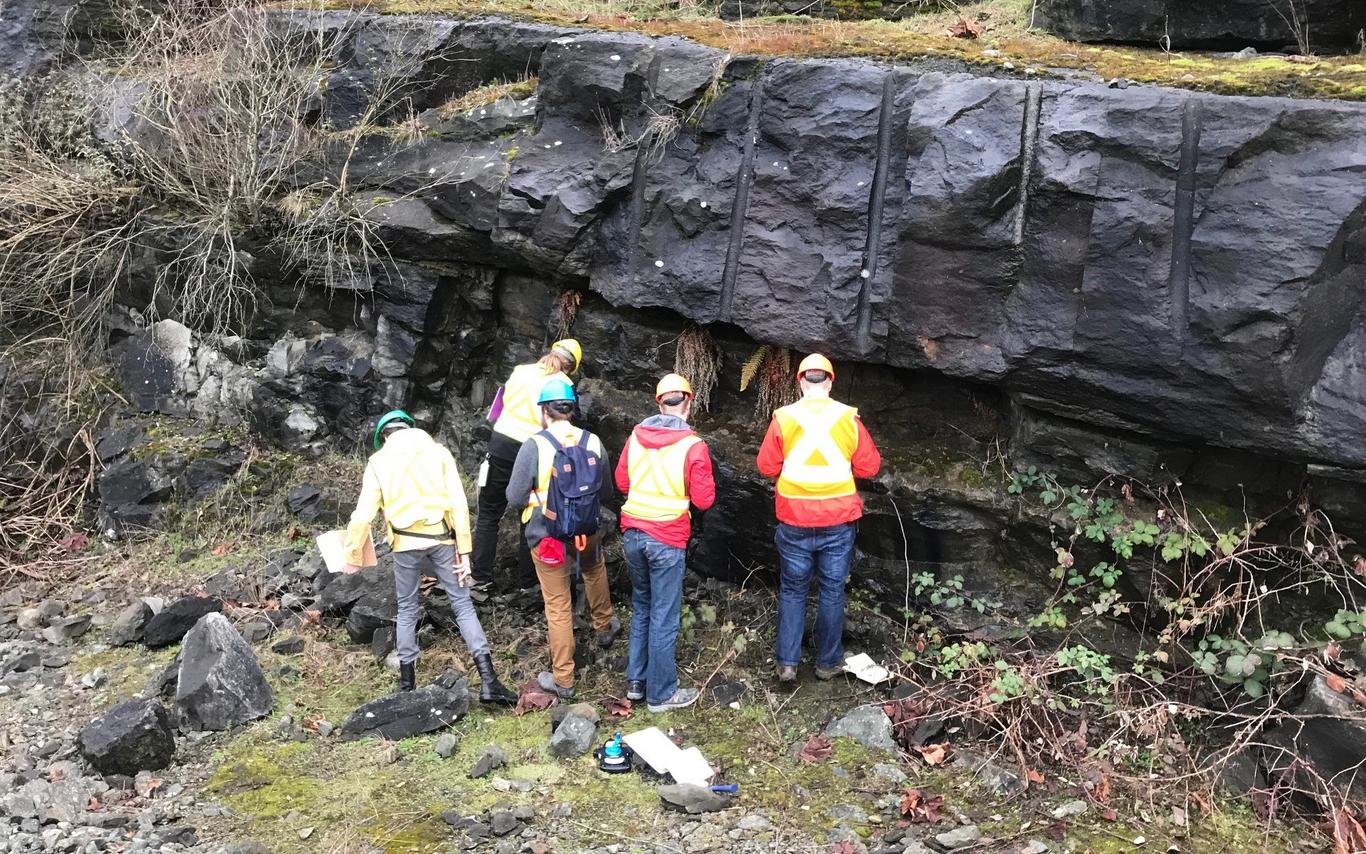Upon completion of Second Year Earth Science a student should:
| GEOL Courses Covered | |
|---|---|---|
Know | Explain the basic physical and chemical controls on mineral formation and mineral properties | 200 |
Explain how geologic structures are formed (Basic knowledge goal(s) from 202) | 202 | |
(Basic knowledge goal(s) from 201) | 201 | |
Test a hypothesis using simple geologic data sets | 201, 202, 206 | |
Use discipline-appropriate terminology in communications | 200, 201, 202, 206 | |
Do | Identify at least 40 common types of minerals by using appropriate tools to test their physical properties | 200 |
Identify at least 15 minerals in thin section by using the polarizing light microscope to test their optical properties | 200 | |
Use a compass to measure geologic structures with proficiency | 202, 206 | |
Identify, measure and interpret geologic structures | 202, 206 | |
Navigate in the field using a compass, GPS, topographic maps, and air photos | 206 | |
Photograph and/or sketch geologic features in the field | 201, 202, 206 | |
Compare field observations with those of peers and instructors to determine whether they saw the same (or different) rocks and features (Tim scratched this out?) | 206 | |
Plot geologic data and UTM and/or latitude-longitude coordinates on paper and digital | 206 | |
Summarize geologic data by creating simple charts in Excel (or equivalent) | 206 | |
Present field observations or literature research to their peers and instructors in oral presentations or technical posters, making use of appropriate visual aids and appropriate technology (i.e. Powerpoint or equivalent) | 200 | |
Write clear, tidy, detailed and comprehensible field notes | 206 | |
Write a simple, but clearly organized (i.e. headings) geological data report, with clearly defined objectives, summary of background research (primary literature?), observations, and interpretations | 200 | |
Research a topic using library search tools to access primary literature | 200 | |
Value | Appreciate the importance of earth materials to human society | 200 |
Demonstrate enthusiasm for learning in the classroom and the field | 200, 206 | |
Demonstrate a willingness to engage in new learning and social experiences, especially on field trips | 200, 206 | |
Demonstrate time management skills and reasonable work ethic when collaborating with others on projects | 206 | |
Demonstrate safe field practices | 206 | |
Engage in respectful communications with peers during collaborative projects | 200, 206 | |
Connect with Us!
Phone or email us
Events and Info Sessions
View events
Ready to join us at VIU?
Start Your application
